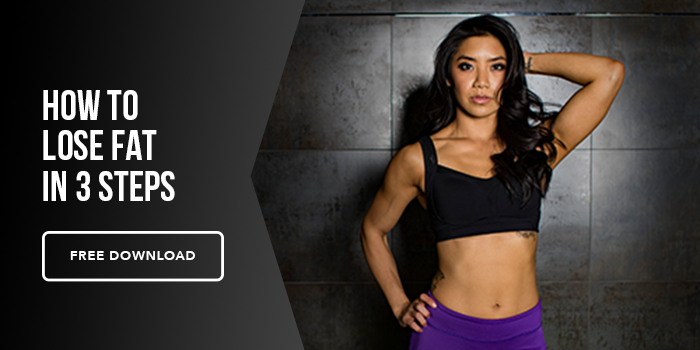I’d imagine for most of us lifting enthusiasts, the biggest goal we all have in common is to get as strong and/or big as we can. To do that, we have to lift weights. And to optimize our time in the gym, we have to make sure we have sound programming. One of the big questions I get when it comes to programming is knowing which rep range to use.
The point of rep ranges in general is to stimulate the muscle fibers and central nervous system in different ways. Lower rep ranges (1-6) will provide better central nervous system adaptations while higher rep ranges (12-20) will help with sarcoplasmic hypertrophy (aka fuller bigger muscles). That’s not to say there isn’t crossover between the two, but just that those rep ranges favor certain adaptations better.
When you start a program, whether a newbie or advanced lifter, you will notice your weights or reps go up pretty quickly. But after a certain amount of time (could be 3-6 months for newbies and as little as a month for advanced), you will find that you hit a plateau. Strength doesn’t go up, or you find you just can’t hit more reps with the same weight. Much like when we are on a diet for too long, there comes a certain point the body adapts to the stimulus given. If you are staying on any given rep range (3-6, 6-8, 10-12, 12-15) too long this is what happens. It is unfortunate too, because I’ll see guys and girls spend YEARS on the same rep range, and same weights, wondering why they aren’t making any progress. The problem is lack of changing the stimulus.
What to Do
The best thing for you to do is to phase through rep ranges, and cycle through programs. For example, MAPS Aesthetic will cycle through 6-8 reps, 8-10, and 12-15 reps through three different phases, with exercises changing as those phases progress. You could even go back and repeat all three phases for another cycle and still see progress. But even then, at some point, you’d want to change the overall program. So switching to something like a MAPS Performance (again just using these as examples, any competent program will work), will now focus on multidirectional movements and more explosive, athletic exercises vs MAPS Aesthetic, which was focused on predominantly bodybuilding movements. The idea is to create a new stimulus for your body that it has to overcome.
Key Things to Keep in Mind
- As stated before, you can repeat any given program for 2-3 cycles, but you want to change the overall PROGRAM after that.
- Don’t change exercises and rep ranges TOO frequently (i.e. every workout, every session), otherwise while you’ll still see progress, you’ll never know what measurement allowed you to get to your goals.
- When doing lower reps, it isn’t about MAXING out. It is about being able to summon a higher intensity while keeping good form. Therefore, when doing say a set of 3-6, you should be choosing a weight that will leave you with 1-2 reps left in the tank. I know this sounds counterintuitive, but it's what all great strength programs do as well. Maxing out all the time will simply burn out your CNS.
- Only stay in any given phase for 3-6 weeks and then change a variable
- Again, newbies (less than 3 years experience training) will respond for a long time on any given program whereas an intermediate to advanced (3+ years serious lifting) will need to change it up more frequently to give the body a new stimulus
Get Comfortable Being Uncomfortable
One last thing I want to talk about is chasing discomfort. That is, after all, what lifting weights and progress in life is all about. I’ve found people stay in certain rep ranges because they get really good at them. We are creatures of habit, and we don’t want to stop doing things we are good at. But that’s also the number one sign you should switch up your program. The trick to good programming is building up the discipline to switch it up BEFORE your body plateaus. You want to stay ahead of the curve. If you wait till you’ve plateaued for weeks, chances are you’re already behind.
Train your body and your mind to have the discipline to know when to change the reps, change the exercise (no matter how good you got at it), and change the program when the time comes.






